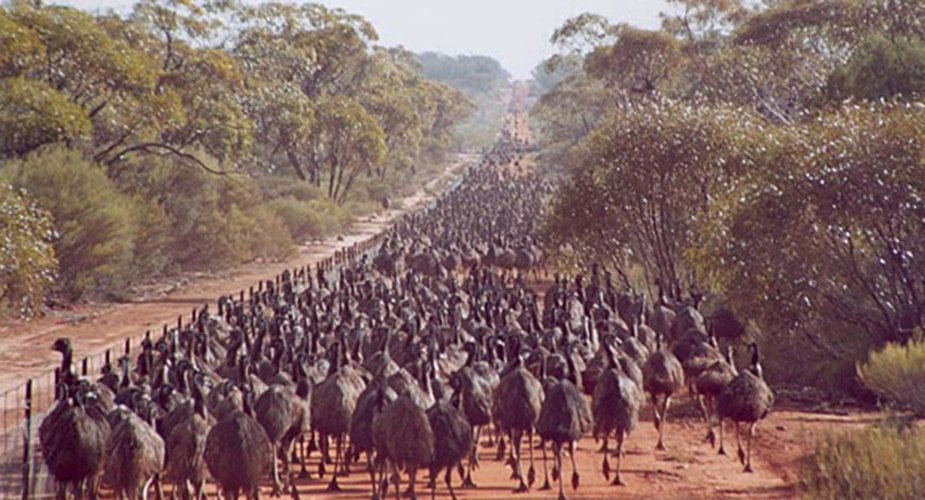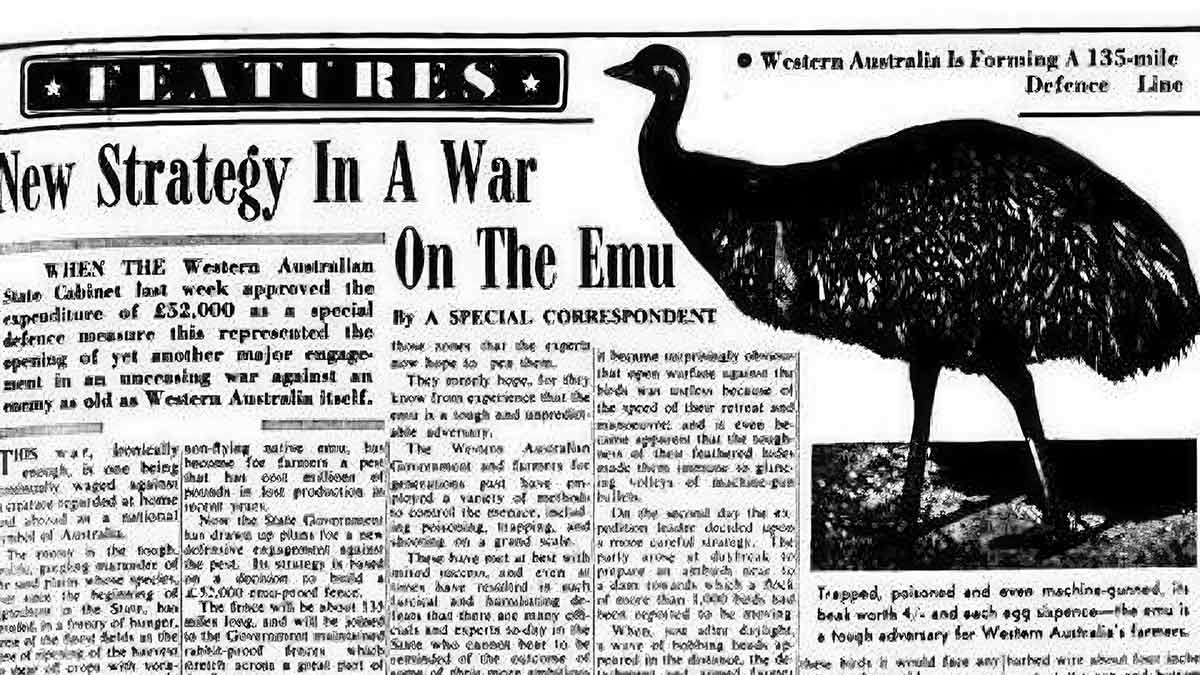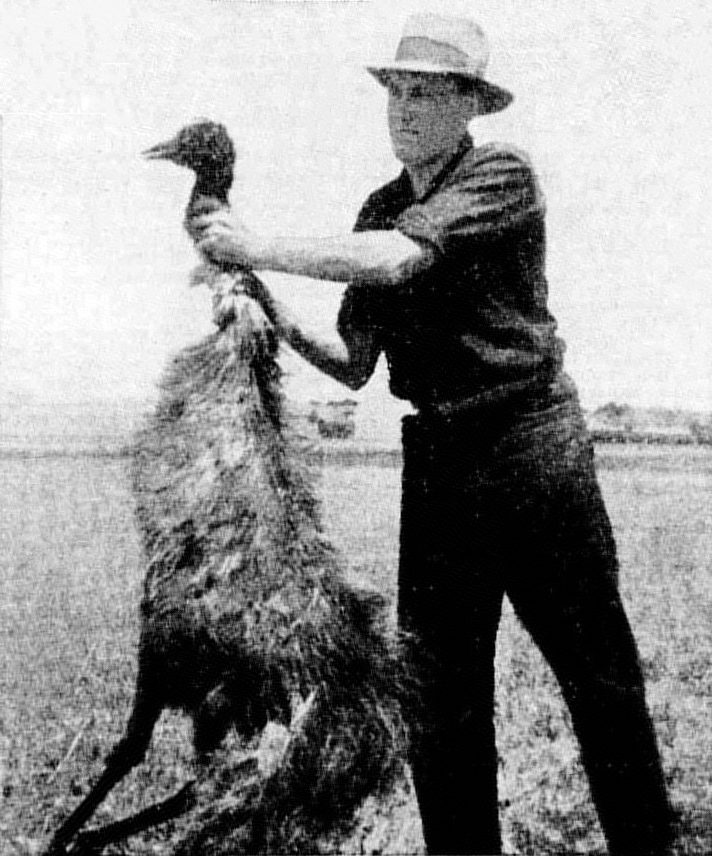In the scorching Australian November of 1932, the military faced an enemy unlike any other they had encountered before. Their adversaries weren’t armed insurgents or foreign invaders but rather 20,000 tall, flightless birds with an uncanny ability to dodge bullets!

The Emu State Barrier Fence was later constructed as a more effective solution. Credit: Australian Geographic
The story began when desperate World War I veterans-turned-farmers in Western Australia found themselves battling an unexpected foe. These massive birds were destroying wheat crops worth millions of pounds, pushing many farmers to the brink of financial ruin. Something had to be done, and the government’s solution was unprecedented military intervention.

Contemporary newspaper coverage of the unusual military campaign. Credit: The Collector
The Australian military’s response seemed almost comical at first glance. They dispatched soldiers from the Royal Australian Artillery, armed with machine guns capable of firing 300 rounds per minute. The mission appeared straightforward enough shoot the troublesome birds and save the crops. However, these feathered adversaries had other plans in mind.
What followed was nothing short of remarkable. The emus demonstrated tactical prowess that would have impressed any military strategist. These clever birds split into small groups when attacked, maintained sentinel systems with lookout birds, and consistently stayed just beyond the effective range of the military vehicles. Their thick feathers proved surprisingly resistant to bullets, making them natural walking tanks!
The numbers tell a tale of embarrassing defeat. Despite firing nearly 10,000 rounds of ammunition, the soldiers managed to confirm only 986 kills during the initial campaign. That’s a success rate of less than 10 percent! The emus simply refused to cooperate with the military’s plans, often dispersing into smaller groups and making it impossible for the gunners to target them effectively.
The operation quickly became a public relations nightmare. City dwellers protested what they saw as a brutal slaughter, while international media had a field day mocking Australia’s war against birds. The government eventually withdrew their troops, forced to admit defeat at the hands or rather, the beaks of these resilient creatures.
In the end, the Great Emu War serves as a humbling reminder of nature’s resilience. The military operation was declared a strategic failure, leading to more practical solutions like bounty systems and the construction of emu-proof fencing. Perhaps the most lasting legacy of this unusual conflict is how it demonstrated that sometimes, even the most sophisticated military hardware proves useless against the simple adaptability of nature.
References:
Australian Geographic – Australia’s Emu Wars – link
The Collector – The Great Emu War – link
Categories: Australian History, Do you know, Historical Events, Military History, Wildlife
Tags: Australian History, Emu War, Military History, Nature vs Technology, Unusual Wars, Western Australia, Wildlife
Religion: None
Country of Origin: Australia
Topic: Historical Events
Ethnicity: None


